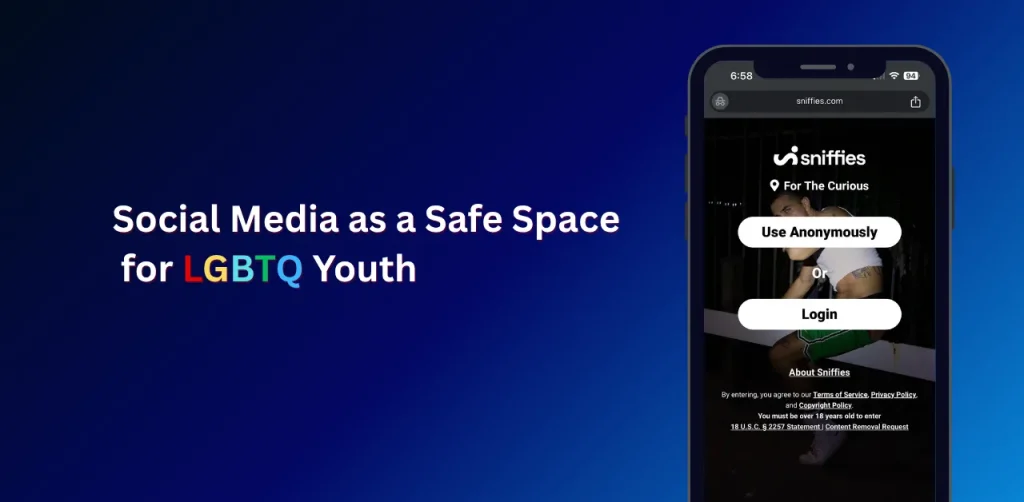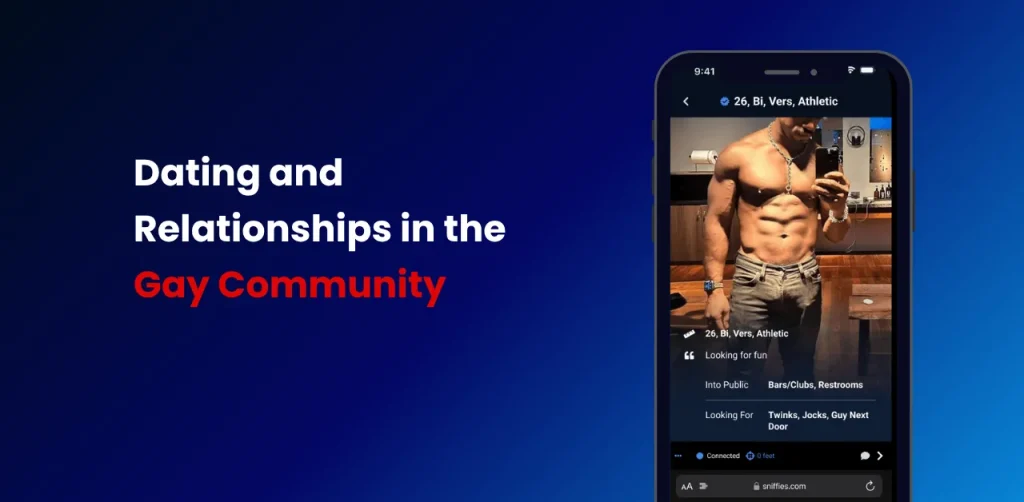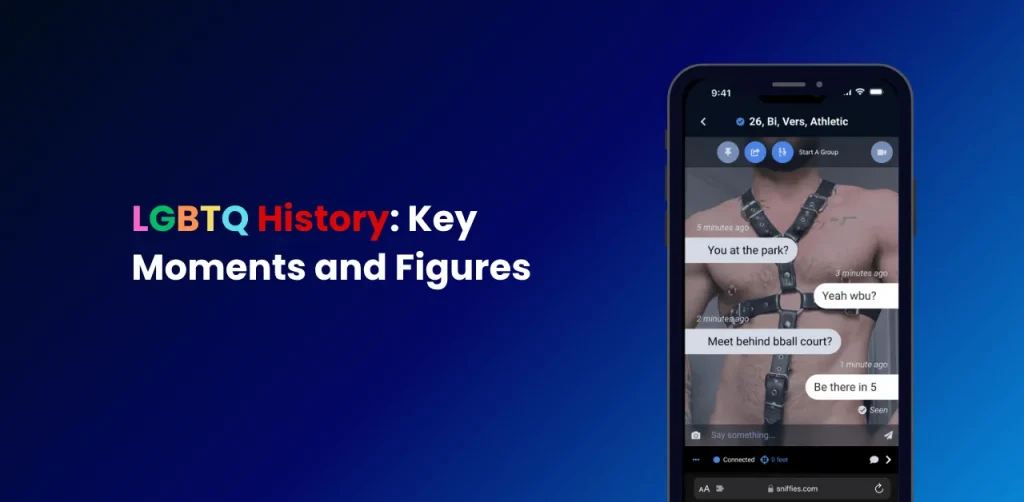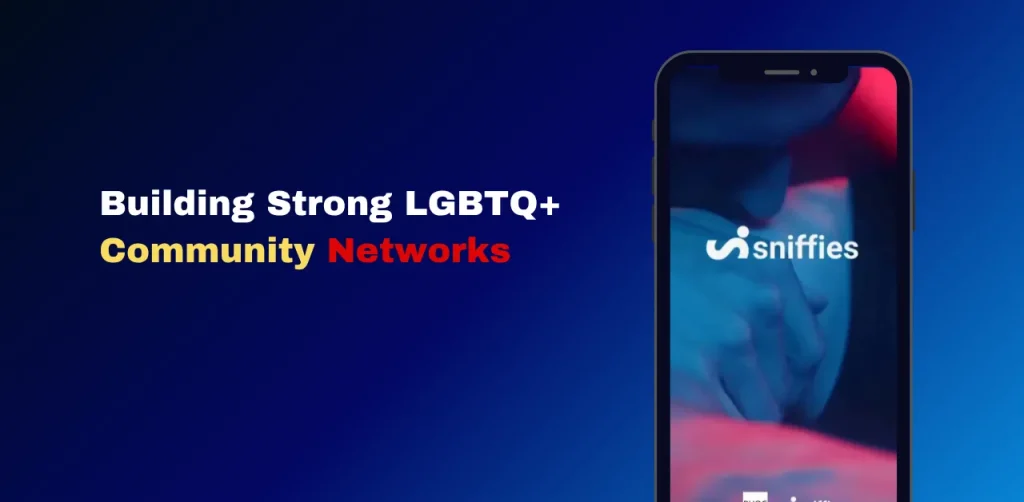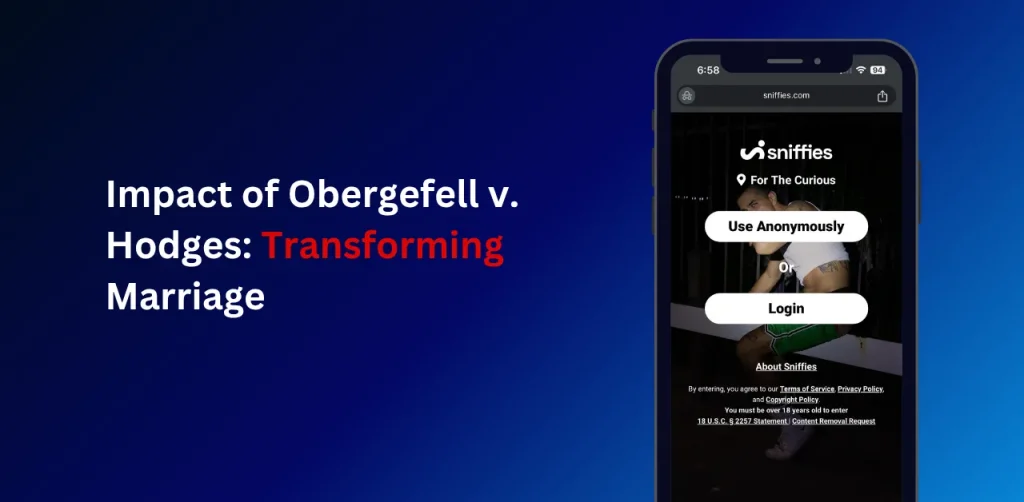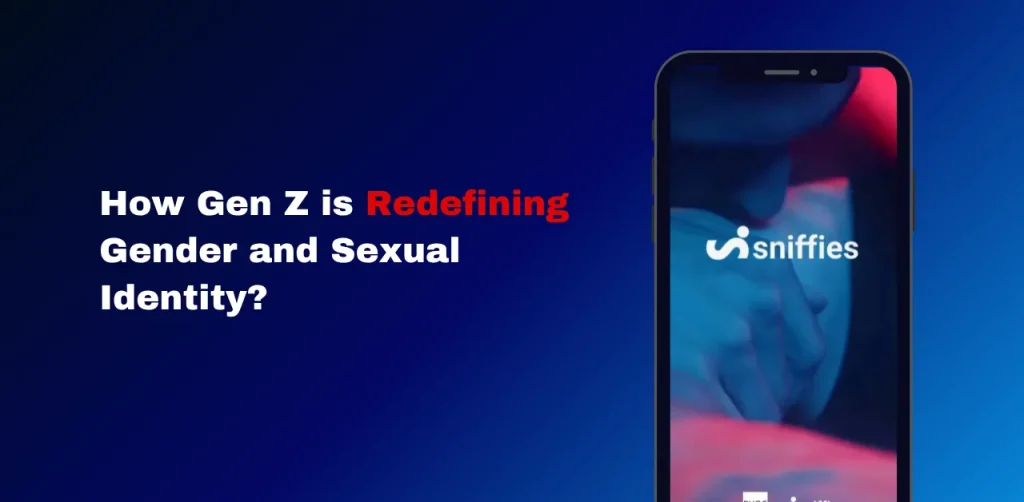LGBTQ Athletes Challenges and Triumphs in Sports
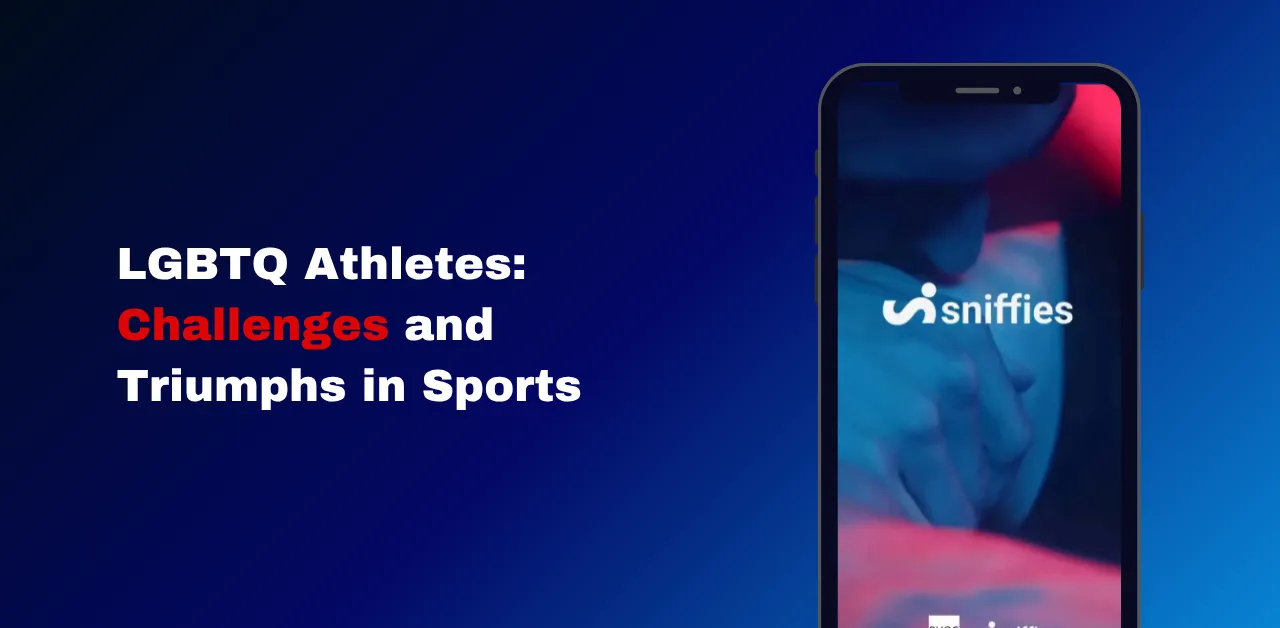
LGBTQ athletes face unique challenges in the competitive world of sports, from discrimination to lack of inclusive policies. These obstacles can impact their performance, mental health, and overall experience. This article explores LGBTQ Athletes Challenges, backed by data and real-world examples, and offers actionable solutions to foster inclusivity. Whether you’re an athlete, coach, or fan, understanding these issues is crucial for creating a supportive sports environment.
Unique Struggles & LGBTQ Athletes Challenges
Navigating Obstacles The Struggles of LGBTQ Athletes Explained
Discrimination and Bias in Sports Environments
LGBTQ athletes often encounter discrimination, ranging from overt homophobia to subtle biases. A 2023 study by the Trevor Project found that 60% of LGBTQ youth athletes reported experiencing discrimination due to their sexual orientation or gender identity. This can manifest as:
- Verbal harassment: Slurs or derogatory comments from teammates, coaches, or spectators.
- Exclusion: Being overlooked for team selection or leadership roles.
- Hostile environments: Locker rooms or training spaces where athletes feel unsafe.
Example: Transgender athlete Lia Thomas faced intense scrutiny and exclusionary policies in swimming competitions, highlighting the barriers transgender athletes face.
Solution: Sports organizations can implement anti-discrimination policies and mandatory inclusivity training. For instance, the NCAA’s 2021 inclusivity guidelines aim to protect athletes from bias.
Mental Health Struggles and Pressure
The pressure to conform to traditional gender norms or hide one’s identity can take a toll on mental health. According to a 2024 report by OutSports, 45% of LGBTQ athletes reported anxiety or depression linked to their sports environment. Key issues include:
- Fear of outing: Many athletes hide their identity to avoid judgment, leading to stress.
- Media scrutiny: High-profile LGBTQ athletes face invasive questions about their personal lives.
- Lack of support: Limited access to affirming mental health resources.
Example: Figure skater Adam Rippon spoke openly about the mental health challenges of competing as an openly gay athlete, emphasizing the need for support systems.
Solution: Teams can offer access to LGBTQ-affirming counselors and create peer support groups. Encouraging open dialogue reduces stigma and fosters resilience.
Lack of Inclusive Policies and Representation
Many sports organizations lack policies that support LGBTQ athletes, particularly transgender and nonbinary individuals. The absence of clear guidelines on gender eligibility or inclusive facilities creates barriers. A 2022 Human Rights Campaign report noted:
- 30% of sports organizations lack transgender inclusion policies.
- Nonbinary athletes often face binary gender categories, limiting participation.
- Few openly LGBTQ role models exist in leadership roles.
Example: Nonbinary soccer player Quinn faced challenges navigating binary team structures but advocated for inclusive policies in the NWSL.
Solution: Organizations should adopt policies like those of the International Olympic Committee, which updated its transgender inclusion framework in 2021. Creating nonbinary categories and gender-neutral facilities can also help.
Media Representation and Stereotyping
Media coverage often perpetuates stereotypes or focuses on an athlete’s identity rather than their performance. This can amplify challenges for LGBTQ athletes:
- Sensationalized coverage: Stories that focus on an athlete’s sexuality or gender over their achievements.
- Lack of positive representation: Few media outlets highlight LGBTQ athletes’ successes.
- Invasive questioning: Journalists asking inappropriate personal questions.
Example: Basketball player Brittney Griner faced media fixation on her sexual orientation, overshadowing her athletic accomplishments.
Solution: Media outlets should follow ethical journalism guidelines, like those from GLAAD, emphasizing respect and focusing on athletic achievements. Athletes can also leverage social media to control their narrative.
Practical Steps for Athletes and Allies
To overcome these challenges, athletes, coaches, and organizations can take actionable steps:
- Advocate for Policy Change:
- Push for inclusive eligibility rules and gender-neutral facilities.
- Support organizations like Athlete Ally, which promote LGBTQ inclusion.
- Build Support Networks:
- Join or create LGBTQ athlete groups for peer support.
- Connect with mentors like those at the You Can Play Project.
- Educate and Train:
- Encourage teams to undergo inclusivity training.
- Share resources from authoritative sites like GLAAD or The Trevor Project.
- Promote Positive Representation:
- Highlight LGBTQ athletes’ achievements in team communications.
- Use platforms like X to share success stories and challenge stereotypes.
Top LGBTQ Athletes
Here are standout queer athletes making waves:
LGBTQ Athletes by Sport
Queer athletes shine in many sports:
Soccer
- Megan Rapinoe: USWNT captain. Out lesbian and activist.
- Quinn: Canadian nonbinary player. Olympic gold medalist.
- Sam Kerr: Australian lesbian star. Matildas striker.
Basketball
- Sue Bird: WNBA icon. Openly lesbian with Megan Rapinoe.
- Jason Collins: First openly gay NBA player in 2013.
- Layshia Clarendon: Nonbinary WNBA star. Pushes for inclusion.
Other Sports
- Tom Daley (Diving): Gay Olympian. Known for knitting and advocacy.
- Laurel Hubbard (Weightlifting): Trans pioneer in the Olympics.
- Gus Kenworthy (Skiing): Gay freestyle skier. Vocal for queer rights.
Impact of LGBTQ Athletes
LGBTQ athletes are reshaping sports:
Challenges for LGBTQ Athletes
Despite progress, challenges remain:
How to Support LGBTQ Athletes
You can cheer them on:
Stories from LGBTQ Athletes
Real voices show their impact:
- Trey, 25, Gay: “Seeing Tom Daley come out gave me courage to be myself.”
- Alex, 19, Nonbinary: “Quinn’s Olympic win showed me I belong in sports.”
- Maya, 22, Lesbian: “Rapinoe’s activism makes me proud to be queer.”
Why LGBTQ Athletes Are Trailblazers
LGBTQ athletes are heroes because they:
Which sports have the most openly gay athletes?
Soccer, basketball, and tennis have many, like Rapinoe and Bird.
Who was the first openly gay athlete?
Billie Jean King, outed in 1981, is a pioneer.
Are transgender athletes allowed in sports?
Yes, but rules vary. The IOC allows trans athletes with guidelines.
Cheer for LGBTQ Athletes
LGBTQ athletes are making sports brighter. From Megan Rapinoe to Laurel Hubbard, they’re breaking records and barriers. Follow their stories, support their events, and share their wins on X. Your cheers matter! Share your favorite LGBTQ athlete in the comments and let’s keep the pride alive! 🏅
While social media provides a safe space, understanding real-world support systems is equally important explore that further in Inclusive Schools for LGBTQ Students

